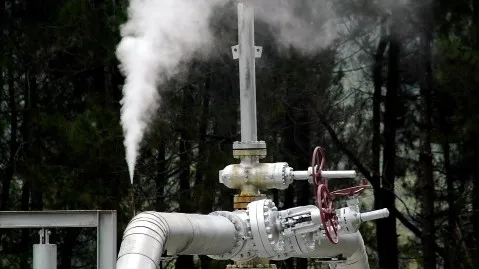
Vietnam’s energy transition faces hurdles due to gas-fired power growth
Whilst coal’s expansion was limited, natural gas production will be bullish.
Like many other countries, Vietnam is challenged to balance economic growth with the need to achieve its net-zero targets by 2050. To this end, Vietnam gained US$15.5b in support from the International Partners Group to push for its coal reduction. However, despite these efforts, experts predict that its effects on the energy transition will not be fully realised within the decade as fossil fuels continue to dominate the country’s power mix, particularly due to the ongoing expansion of gas-fired power sector supported by the government.
In a report, David Thoo, Power & Renewables Analyst at Fitch Solutions said that the Just Energy Transition Partnership (JETP) for Vietnam, which the International Partners Group is supporting, focuses on coal and allows growth for the gas-fired power sector.
“Whil[st] the JETP for Vietnam limits the peak coal-fired power capacity from 37.0GW to 30.2GW, we expect this target’s impact to abate conventional thermal power dominance this decade to be marginal,” the report read.
The JETP aims to advance the country’s peak emission target from 2035 to 2030. The International Partners Group supporting the JETP includes the European Union, the UK, the US, Japan, Germany, France, Italy, Canada, Denmark, and Norway. Of the US$15.5b, half will be from public sector financing and the remaining will be from private financing.
It also seeks to reduce the annual power sector emissions from 240 metric tonnes of carbon dioxide equivalent (mtCO2e) to 170mtCO2e. The partnership also restricts Vietnam’s peak coal-fired power capacity from 37 gigawatts (GW) to 30.2GW, and have renewables account for 47% of the power mix from the current plan of 36%.
The coal sector has an expansion leeway of close to 6GW, excluding the consideration of replacing old plants, coming from the around 24.4GW coal-fired power capacity by end of 2021 as estimated by the International Renewable Energy Agency, Fitch said.
Meanwhile, Fitch expects the long-term outlook for natural gas production in Vietnam to be bullish, supporting the sector’s growth in the latter half of the decade on the back of government support at the expense of its coal expansion plans.
“Putting this into the context of Vietnam’s power mix, we estimate 2022’s conventional thermal power generation to be about 161 terawatt-hour (TWh), corresponding to 62% of the year’s power mix. By 2030, we expect this dominance to persist, and even slightly increase to 64%, which is about 250TWh in power generation,” Fitch said.
Vietnam leads the planned gas expansion amongst markets in Southeast Asia with 56.3GW projects under pre-construction and construction stages, followed by the Philippines with 29.9GW, according to a report by the sustainability think-tank Center for Energy, Ecology, and Development. The report tracked developers' and financial institutions’ activities from 1 January 2016 to 31 March 2022, focusing on fossil gas and LNG.
Non-hydropower renewable energy growth
The installed capacity of Vietnam’s non-hydropower renewables sector is expected to see the strongest growth rate this decade amongst all power types, to reach 4-.5GW in 2031 from 21GW by end-2022, with an annual growth rate of 8.1%.
This comes as the JETP supports solar photovoltaics and offshore wind power as “bright spots” for the country.
“We believe that this JETP marks a milestone in Vietnam’s decarbonisation plans as developed markets ramp up efforts to support emerging markets in their drive for energy security amid(st) pursuing low carbon emissions,” Fitch said, adding that the government could integrate this into the Power Development Plan VIII which has yet to be finalised.
Of the expected renewable growth, almost all will come from solar and offshore wind at 13.3GW and 5.4GW, respectively, over the same period. The rise of solar will be supported by rooftop installations and large-scale projects which have a project pipeline of 7.7GW, it said.
Fitch said developers can leverage a growing production base for solar as companies from Mainland China, South Korea, and the US are setting up solar manufacturing facilities in Vietnam.
Meanwhile, Vietnam’s vast coastline and strong wind speeds of above five metres a second present an opportunity for offshore wind power developments, Fitch said, adding that the government also support the sector’s growth by specifying that its expansion in the draft PDP8, National Energy Development Strategy, and opening the market to international developers.
This move has seen strong involvement from European offshore wind companies including Ørsted, Siemens Gamesa, and Vestas to provide equipment and expertise.
“Overall, with the increasing financial support of USD15.5bn from the JETP, we believe that there will be upside risks to the current robust growth that we forecast for Vietnam,” the report read.
Boost from local firms
Meanwhile, Thu Vu, energy finance analyst at the International Energy Economics and Financial Analysis said in a September report that domestic power businesses also played a crucial role in driving renewables and enabling access for foreign players, aside from incentives from the government.
The first renewable energy feed-in-tariff (FIT) policy which was introduced in 2017 was an “equal opportunity business initiative” for private firms locally. Such programmes attracted businesses to venture into power generation.
“Vietnam’s 2050 net-zero emissions target is providing enough scale potential to accommodate sizeable players and bold ambitions,” Vu said. “Building on recent success, some prominent domestic players have signalled a long-term commitment to the local renewable energy market.”
“Over the next 12 to 24 months, it will be important for foreign investors, developers and banks to assess how these domestic corporates’ growth and funding strategies will reshape Vietnam’s green financing needs,” she added.
However, Vu noted that the “opportunistic market development pattern” resulted in a high degree of fragmentation by ownership, with the top 10 largest firms operating utility-scale solar and wind power capacity just holding around 40% to 50% of the current market.
“There is an active competition for market leadership among the domestic players, but we’re still at an early stage of market consolidation,” she said.
The analyst added that foreign partners are also providing strategic support for local businesses in project development and financing, citing Thai power firms.
She added that Vietnam will see a new development phase locally with the deeper entry of seasoned foreign firms and more competitive procurement policies of the Electricity of Vietnam.
“It is the competition that will become the defining feature of the market going forward,” Vu said. “Cost competition and expansion plans will force leading domestic corporates to explore more diversified and rigorous financing channels.”


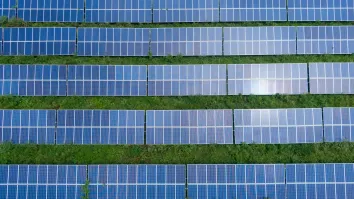
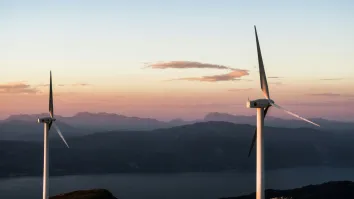

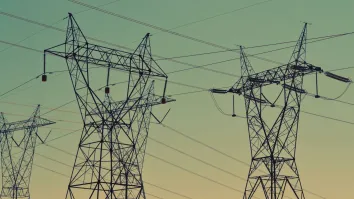







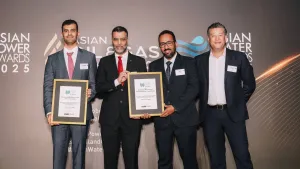





 Advertise
Advertise






